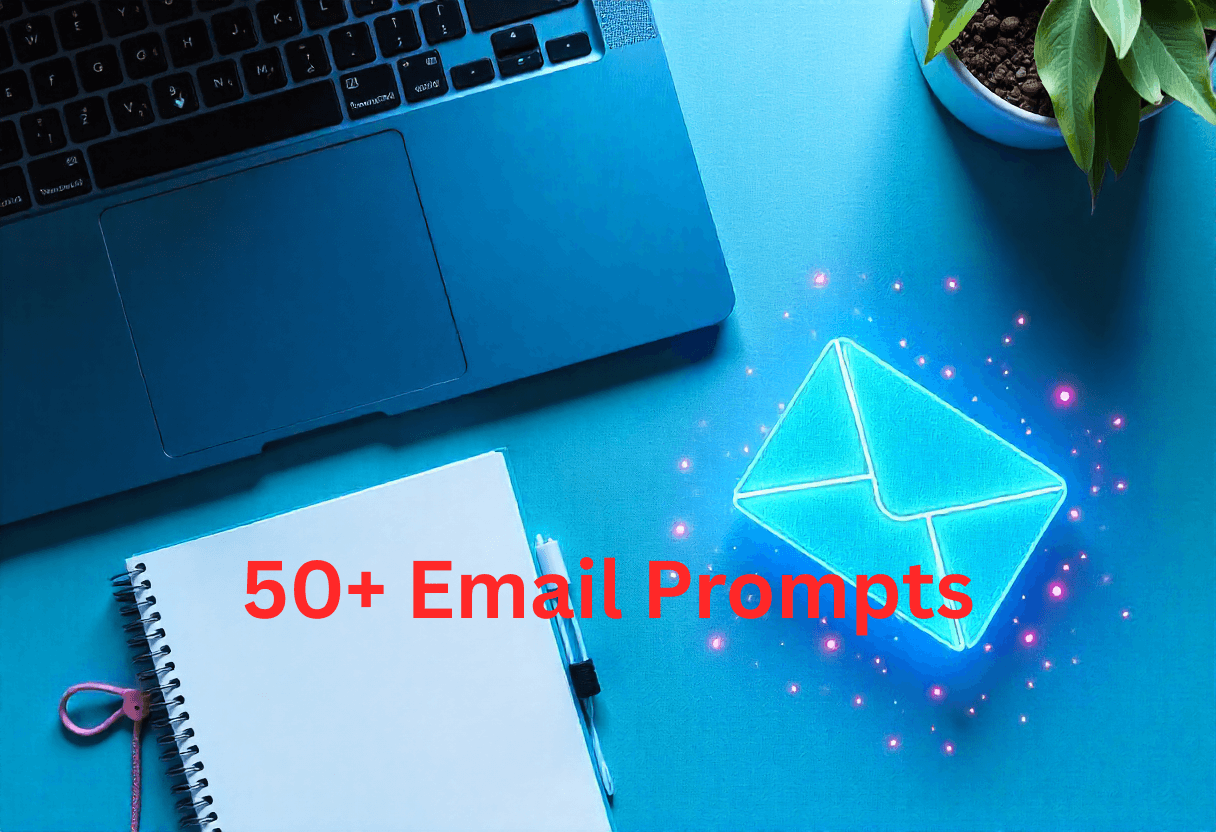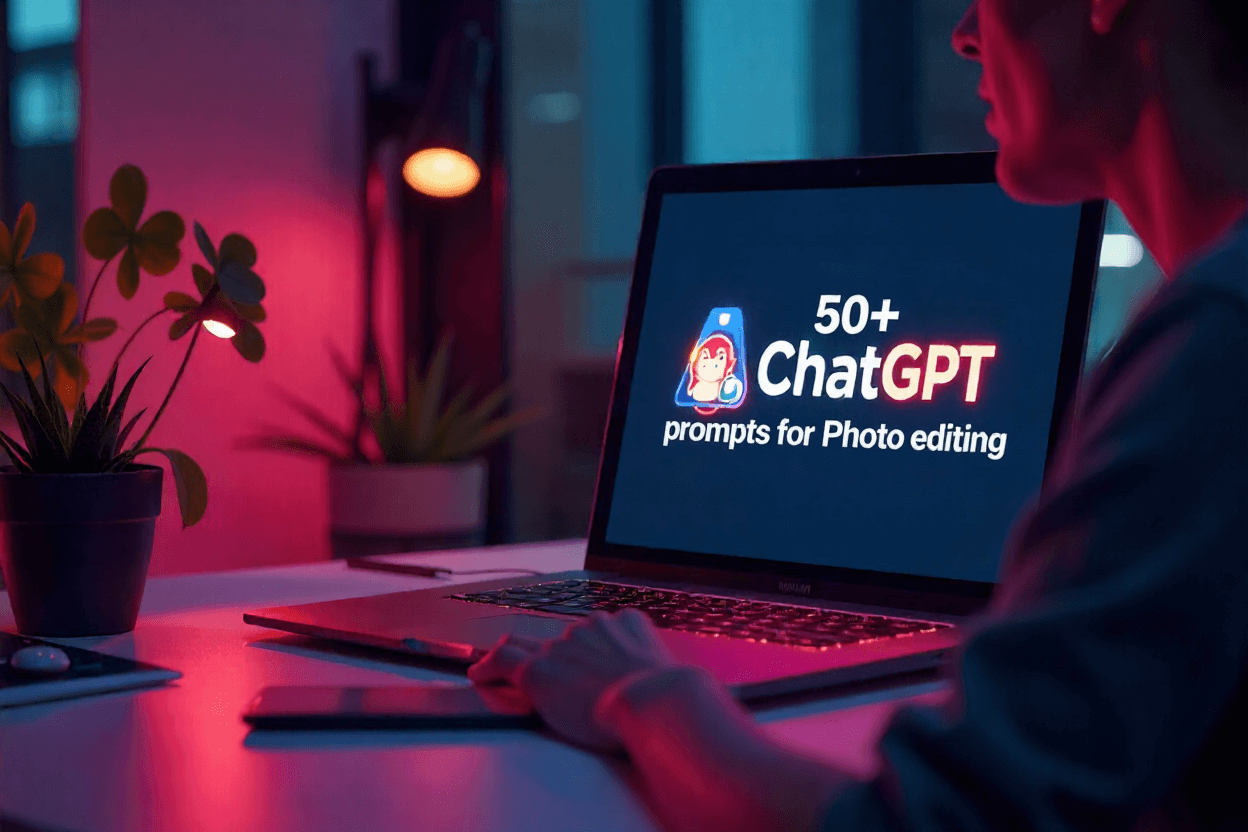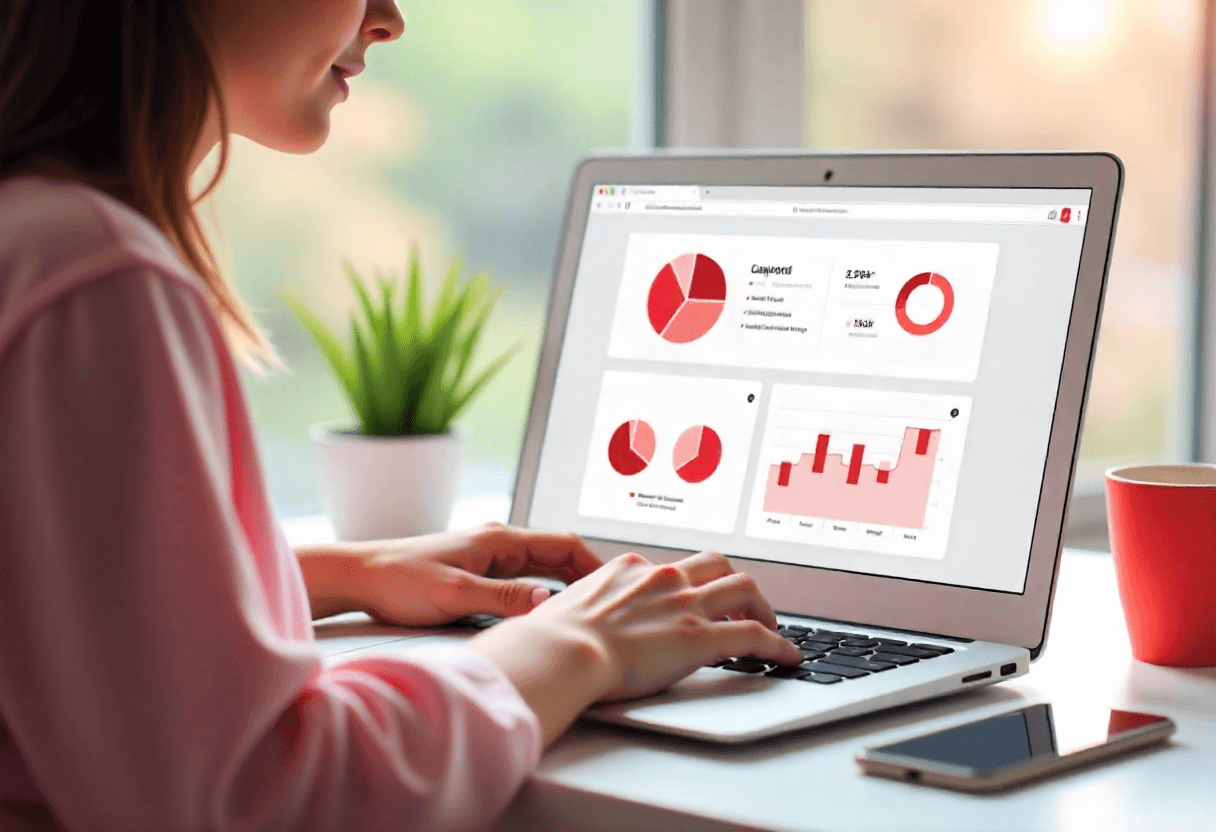
When I first stumbled into Pinterest over a decade ago, I never imagined it would become my full-time career. Back then, it was mostly a platform for pretty images — recipes, home décor, DIY crafts. Over the years, it evolved into a powerful search engine, and businesses realized they could use it to drive traffic, leads, and sales. That’s when the demand for Pinterest Virtual Assistants (VAs) like me began.
I started small, helping a blogger schedule pins and organize boards, then grew to manage e-commerce stores, coaches, and service-based businesses. Today, being a Pinterest VA is about strategy, SEO, analytics, design, and content planning. This guide shares the exact skills, tools, and systems that helped me grow from a beginner to managing multiple client accounts successfully.
Core Skills Every Pinterest VA Must Have
When I first started as a Pinterest VA, I quickly realized that clients weren’t just hiring someone to “pin things.” They were hiring someone who could think strategically, understand their audience, and make the platform work for their business. Over the years, I’ve identified a set of core skills that every successful Pinterest VA needs to master.
1. Graphic Design Basics
You don’t need to be a professional designer, but understanding design principles is crucial. Pinterest is a visual platform, and pins that stand out get clicked, saved, and shared. Tools like Canva or Photoshop became my daily companions. I learned to:
- Choose colors that match the brand and evoke emotion
- Use consistent fonts for brand recognition
- Create templates to save time while keeping designs fresh
When I first started, I used to manually design each pin from scratch — it was time-consuming. Once I created reusable templates, my productivity and client satisfaction skyrocketed.
2. Copywriting for Pins
A beautiful pin is useless if no one clicks on it. Crafting attention-grabbing titles and descriptions is a skill I honed over time. A good Pinterest VA knows how to:
- Write clear, benefit-driven headlines
- Use keywords naturally in descriptions
- Include calls-to-action that drive traffic to client websites
For example, instead of “Summer Salad Recipe,” I learned to write “Easy Summer Salad Recipe That Boosts Your Energy in 10 Minutes.” Words make a difference, and clients notice it in their traffic and engagement.
3. Pinterest SEO & Keyword Research
Pinterest is a search engine disguised as a social media platform. Understanding how to find and use keywords was a turning point in my career. I make sure to:
- Research what people are actually searching for
- Include keywords in pin titles, descriptions, and board names
- Update keywords seasonally and according to trends
Early in my career, I ignored SEO and relied on “pretty pins.” My clients saw little growth. Once I integrated keyword strategy, their traffic started multiplying — that’s when I realized SEO is a non-negotiable skill.
4. Analytics & Reporting
Clients hire a Pinterest VA because they want results. That means being comfortable reading analytics and adjusting strategies. Over the years, I learned to:
- Track which pins and boards perform best
- Identify traffic patterns and trends
- Report monthly progress in a clear, actionable way
I remember my first client asking, “Are we getting results?” I didn’t know how to answer clearly. After learning analytics, I was able to show detailed reports and suggest strategies — and that’s what clients pay for.
5. Organization & Time Management
Pinterest management involves juggling multiple clients, boards, and pins. Without good systems, it’s easy to burn out. I developed my own workflow:
- Use spreadsheets to track pin schedules
- Batch-create content in advance
- Set reminders for seasonal campaigns
Being organized doesn’t just make you efficient — it makes your clients trust you.
Also Read: How to Become Pinterest Manager
Technical Setup & Tools You’ll Need
When I first started as a Pinterest VA, one of the hardest lessons was learning that tools can make or break your workflow. Managing multiple clients without the right systems is exhausting. Over the years, I’ve built a setup that keeps me organized, efficient, and able to deliver results consistently.
1. Pinterest Business Account
The first and most essential setup is having a Pinterest Business Account. Here’s why it’s non-negotiable:
- Access to Pinterest Analytics to track pin performance
- Ability to run Pinterest Ads if your client wants to scale
- Rich pins and other features that help increase engagement
When onboarding a client, I always check that they have a Business Account. If not, I help them set it up, because without it, you can’t measure success properly.
2. Scheduling Tools (Tailwind, Later, or Pinterest Native Scheduler)
Scheduling pins manually is a recipe for burnout. Early in my career, I wasted hours pinning one by one. Once I discovered Tailwind, it changed everything. Features I rely on:
- Smart scheduling to post when the audience is most active
- Board lists to organize pins efficiently
- Interval pinning to avoid spamming the same boards
Some clients prefer using Pinterest’s native scheduler, and others want Tailwind. I’ve adapted to both, but automation is key for consistency.
3. Graphic Design Tools (Canva, Photoshop)
Creating high-quality, clickable pins is the core of a Pinterest VA’s job. I’ve primarily used:
- Canva: For fast, professional-looking pins, especially templates for recurring campaigns
- Photoshop: For advanced image editing and creating unique visuals
Pro tip: I keep a library of client-specific templates, fonts, and brand colors. This reduces design time drastically and ensures brand consistency.
4. Content & Project Management Tools (Google Sheets, Notion, Trello)
Managing multiple clients and boards can get chaotic. I learned early on that organization is everything. Here’s my setup:
- Google Sheets: For content calendars, tracking pins, and keywords
- Notion: To document client onboarding info, strategies, and workflows
- Trello: For visual task management, especially for team collaborations
These tools make it easy to track what’s scheduled, what’s performing, and what needs improvement. Clients love seeing organized workflows — it builds trust immediately.
5. Analytics & Reporting Tools
While Pinterest Analytics gives a lot of insights, sometimes I need a deeper view. Tools I use include:
- Tailwind Analytics for engagement trends
- Google Analytics to track traffic coming from Pinterest
- Built-in spreadsheets to create monthly reports that are client-ready
Being able to show measurable results is what separates a great Pinterest VA from someone who just pins randomly.
Daily & Weekly Responsibilities of a Pinterest VA
When I first started as a Pinterest VA, I thought my job was just “pinning stuff.” Boy, was I wrong. The reality is that managing a Pinterest account requires consistent strategy, analysis, and creative work. Over the years, I’ve developed a routine that ensures growth while keeping my workflow manageable.
Daily Responsibilities
1. Monitoring Analytics:
Every day, I spend a few minutes checking how pins are performing. I look at:
- Engagement (saves, clicks, comments)
- Top-performing pins and boards
- Traffic to client websites
Even a small daily check allows me to spot trends early. For example, I once noticed a spike in engagement on a certain type of pin, which led me to create a series around that idea — and it drove traffic consistently for weeks.
2. Engaging With the Community:
Pinterest may be visual, but it’s still social. I engage by:
- Repinning relevant content from other accounts
- Commenting on pins when appropriate
- Following relevant boards or accounts in the niche
This not only builds visibility but also signals Pinterest that the account is active and authoritative.
3. Pin Creation:
Creating pins is ongoing. I try to:
- Design at least 3–5 new pins per client per day (depending on client size)
- Test different designs, headlines, and formats
- Ensure each pin has keyword-rich titles and descriptions
Designing pins isn’t just about creativity; it’s about testing and iterating to see what resonates with the audience.
Weekly Responsibilities
1. Board Management & Optimization:
Once a week, I review client boards to:
- Add new boards based on trending keywords
- Remove underperforming boards
- Optimize board titles, descriptions, and keywords
Board optimization is like pruning a tree — if you don’t do it regularly, growth slows down.
2. Content Scheduling:
I batch-schedule pins for the week using Tailwind or Pinterest’s native scheduler. Batching ensures:
- Consistency in posting
- Less daily stress
- Ability to plan seasonal campaigns in advance
3. Trend Research & Content Planning:
I spend time weekly researching trends in the client’s niche. This includes:
- Seasonal content opportunities
- High-performing competitors’ pins
- Emerging keywords and search patterns
By staying ahead of trends, I can keep client content fresh and relevant.
4. Reporting & Strategy Updates:
Weekly reporting helps clients see progress and understand the work being done. I include:
- Top-performing pins
- Traffic insights
- Recommendations for next week
Weekly strategy tweaks based on analytics are essential. One small adjustment in pin design or keyword usage can dramatically improve engagement.
Why Routine Matters
When I first managed multiple clients without a proper schedule, I burned out quickly. The turning point came when I built a repeatable routine for daily and weekly tasks. It not only made me more efficient but also helped me deliver consistent results — which is what clients really value.
Client Onboarding & Management Checklist
When I started working with my first few clients, I quickly learned that how you onboard a client can make or break the relationship. A smooth onboarding process saves time, sets expectations, and ensures both you and the client are aligned from day one. Here’s the checklist I’ve perfected over the years.
1. Initial Client Consultation
Before taking on any client, I always have a consultation call to:
- Understand their business, goals, and target audience
- Identify their Pinterest objectives (traffic, leads, sales, brand awareness)
- Determine the level of Pinterest support they need (full management, pin design only, or strategy guidance)
This conversation helps me decide if we’re a good fit and sets the tone for a professional relationship.
2. Contracts & Agreements
I never start work without a signed contract. Key elements I include:
- Scope of work (tasks, number of pins, boards, or campaigns)
- Payment terms and frequency
- Communication expectations
- Cancellation or pause terms
A contract protects both parties and eliminates confusion later on. Early in my career, skipping this step led to misunderstandings — now I never skip it.
3. Gathering Brand Assets
To maintain consistency across pins, I request:
- Logos, brand fonts, and color palettes
- Any existing Pinterest boards or campaigns
- Access to Canva, Tailwind, Pinterest Business, or other tools
- Content or blog posts to promote
Having these upfront ensures I can start creating pins that align with the brand immediately.
4. Creating a Content Calendar
I usually draft a 1–3 month content calendar to plan:
- Weekly pins and their schedules
- Seasonal campaigns and promotions
- Trending topics or keywords
A content calendar provides structure, avoids last-minute scrambling, and allows the client to review and approve in advance.
5. Setting Communication & Reporting Expectations
From the beginning, I clarify:
- How often we’ll communicate (weekly, bi-weekly, monthly)
- Preferred communication channels (email, Slack, Zoom)
- What reports they’ll receive (Pinterest analytics, traffic, top pins, growth suggestions)
Clear communication upfront prevents misunderstandings and builds trust.
6. Kickoff & First Steps
Once everything is set, I:
- Schedule the first batch of pins
- Optimize boards and add keywords
- Set up tracking systems for analytics
- Provide a brief walkthrough of how I work, so clients know what to expect
The first few weeks are critical — getting off on the right foot builds confidence and ensures smooth collaboration.
Pro Tip from 10+ Years as a Pinterest VA:
A well-structured onboarding process is more than administrative work — it sets the foundation for long-term client success. Clients feel organized, confident, and are more likely to retain your services for months or even years.
Pinterest Growth Strategies to Offer Clients
Over the years, I’ve realized that clients don’t just want pins — they want growth, traffic, and measurable results. Being a Pinterest VA isn’t just about posting content; it’s about implementing strategies that consistently improve reach and conversions. Here’s what I focus on with every client.
1. Organic Growth Through Strategic Pinning
Pinterest rewards consistency and relevance. Here’s what I do for organic growth:
- Pinning regularly, using a mix of fresh and repurposed content
- Pinning to relevant boards with optimized keywords
- Creating multiple pins for the same content to test what works
Early in my career, I noticed that some clients saw huge traffic boosts simply by scheduling pins strategically rather than sporadically. It’s all about staying consistent and being data-driven.
2. Leveraging Idea Pins & Video Pins
Pinterest isn’t just about static images anymore — Idea Pins and videos drive engagement and brand awareness. I help clients by:
- Turning blog posts or tutorials into step-by-step Idea Pins
- Creating short, engaging video pins that showcase products or tips
- Testing different formats to see which resonates best
These pins often outperform static images in reach because Pinterest pushes video and interactive content more prominently.
3. Seasonal Campaigns & Trending Topics
Pinterest is extremely seasonal. For example, holiday-related content starts trending months in advance. I plan campaigns by:
- Researching upcoming holidays or seasonal trends relevant to the client
- Creating pins 6–8 weeks in advance to capture early searches
- Monitoring trending keywords weekly and adapting pins accordingly
Clients love this because it drives traffic at the perfect time, maximizing results.
4. Keyword Optimization for Pins & Boards
Pinterest is a search engine at heart. I focus on:
- Researching high-traffic, low-competition keywords
- Incorporating keywords naturally in pin titles, descriptions, and board names
- Updating old pins with refreshed keywords to improve reach
One of my favorite wins was optimizing an older board’s pins for trending keywords — traffic increased by 150% in just a month.
5. Conversion-Focused Strategies
Ultimately, growth isn’t just about traffic — it’s about results. I help clients achieve conversions by:
- Creating pins that link directly to lead magnets, product pages, or services
- Using clear calls-to-action on pins
- Testing different landing pages to see which performs best
Pinterest can drive real business results, and as a VA, your job is to ensure every pin has a purpose.
6. Continuous Testing & Iteration
What works today might not work tomorrow. I always run A/B tests:
- Comparing pin designs, titles, and formats
- Adjusting based on analytics
- Doubling down on pins and strategies that work best
This iterative approach has been the key to consistent client growth throughout my career.
Pro Tip from 10+ Years as a Pinterest VA
Many VAs stop at scheduling pins, but real results come from strategy and testing. Pinterest growth is a combination of consistency, keyword optimization, creativity, and data-driven adjustments. The more intentional you are, the better your clients’ results — and your reputation — will be.
Soft Skills That Make You Stand Out
Technical skills will get you started as a Pinterest VA, but soft skills are what turn you into a client magnet. Over the years, I’ve realized that clients often value reliability, communication, and problem-solving even more than design or analytics. Here are the key soft skills that made me stand out and grow my career.
1. Time Management & Organization
Managing multiple clients, boards, and campaigns can get overwhelming. Early in my career, I struggled with deadlines and missed opportunities. I learned to:
- Use content calendars and scheduling tools to plan weeks in advance
- Batch tasks like pin creation and scheduling to save time
- Allocate specific hours for analytics, design, and client communication
Being organized doesn’t just make you efficient — it builds client trust. They know you’ll deliver consistently without micromanagement.
2. Clear & Proactive Communication
Clients want to know what’s happening with their Pinterest account without having to chase you. I make it a habit to:
- Send weekly updates with performance insights and next steps
- Ask clarifying questions upfront rather than assuming
- Notify clients of any changes or trends that might impact strategy
Proactive communication prevents misunderstandings and shows that you’re not just “doing tasks” — you’re thinking strategically about their business.
3. Problem-Solving & Adaptability
Pinterest is always changing. Features, algorithms, and trends evolve. Over the years, I’ve faced challenges like:
- Sudden drops in engagement
- Clients changing focus or objectives
- Tools and scheduling platforms updating features
Being adaptable and solution-oriented is key. I learned to:
- Investigate issues before contacting clients
- Test new strategies quickly
- Pivot campaigns when something isn’t working
Clients notice when you can solve problems without drama — it positions you as a trusted expert rather than just an assistant.
4. Patience & Persistence
Pinterest growth doesn’t happen overnight. Many clients expect instant results, but the reality is:
- Organic growth takes time
- Seasonal content planning requires foresight
- Testing and optimizing is a continuous process
Patience and persistence have been my allies. I remind clients that consistent effort pays off, and over time, they see results — which strengthens long-term relationships.
5. Building Long-Term Client Relationships
Soft skills aren’t just about daily interactions — they’re about building relationships that last. I focus on:
- Understanding the client’s business deeply
- Offering suggestions beyond the original scope
- Celebrating milestones and successes together
These efforts often lead to referrals, renewals, and higher-paying opportunities. A client who trusts you is far more valuable than one who just needs tasks completed.
Mistakes to Avoid as a Pinterest VA
When I reflect on my 10+ years as a Pinterest VA, I realize that some of my early mistakes taught me the most valuable lessons. Avoiding these pitfalls can save you time, frustration, and even clients. Here’s what I advise every new Pinterest VA to watch out for.
1. Ignoring Keyword Research
Early in my career, I focused on creating “pretty pins” without thinking about SEO. The result? Pins that got little engagement or traffic. Pinterest is a search engine, not just a visual platform. Always:
- Research what your target audience is searching for
- Include keywords naturally in titles, descriptions, and board names
- Update keywords seasonally and as trends change
Clients hire you to drive traffic and results, not just post attractive pins. Keyword strategy is non-negotiable.
2. Over-Designing Pins Without Strategy
It’s tempting to make every pin flashy or complex. I learned quickly that:
- Simpler, clear pins often outperform highly decorative ones
- Pin design should align with client goals (traffic, clicks, conversions)
- Testing different pin formats is better than assuming one “perfect design” exists
Every pin should have a purpose, not just aesthetic appeal.
3. Neglecting Analytics & Data
I once managed a client account without regularly reviewing analytics — a big mistake. Without data, you’re guessing what works. Always:
- Track top-performing pins and boards
- Monitor click-through rates and saves
- Adjust strategies based on insights, not assumptions
Clients notice when you make data-driven decisions, which builds credibility and trust.
4. Taking on Too Many Clients Without Systems
In my early days, I said “yes” to every client to make more money. I quickly burned out. Managing multiple accounts without proper systems leads to:
- Missed deadlines
- Lower-quality pins
- Stressed relationships with clients
The lesson? Work smart, not just hard. Use scheduling, templates, and organizational tools to scale effectively.
5. Failing to Set Expectations Early
Not clarifying deliverables, timelines, or goals upfront is a common pitfall. I’ve seen clients frustrated when they expect daily engagement but the contract only covers weekly pin creation. Always:
- Set clear expectations in contracts and onboarding
- Communicate your workflow and what clients can realistically expect
- Provide reports that demonstrate progress
Clear expectations save both you and the client from frustration and misunderstandings.
How to Land Your First Clients
When I first started as a Pinterest VA, finding clients was the hardest part. I had the skills, the passion, and even some sample pins, but no one knew me. Over time, I discovered that landing your first clients isn’t about luck — it’s about strategic positioning, confidence, and persistence. Here’s how I did it.
1. Build a Professional Portfolio
Before approaching any client, I made sure I had a portfolio that demonstrated my work. Even if you don’t have clients yet, you can:
- Create sample pins for imaginary businesses or personal projects
- Showcase your ability to write descriptions, use keywords, and design visually appealing pins
- Include analytics from your own experiments, like growth in engagement or click-through rates
A strong portfolio shows potential clients that you know what you’re doing and can deliver results.
2. Use Online Platforms
I leveraged platforms where businesses look for virtual assistants:
- Upwork & Fiverr: Great for beginners to land small projects and build credibility
- LinkedIn: Connect with business owners, join VA groups, and share Pinterest tips
- Facebook Groups & Online Communities: Many small business owners look for Pinterest help here
The key is being visible where your target clients are. Don’t wait for them to find you — go to where they already are.
3. Networking & Referrals
Networking played a huge role in my early career. I started by:
- Reaching out to friends and colleagues who owned small businesses
- Offering a free consultation or Pinterest audit to showcase my expertise
- Asking satisfied clients for referrals
Even today, referrals account for a significant portion of my client base. People trust recommendations more than ads.
4. Offer Trial Packages or Mini Audits
Sometimes, clients hesitate to commit to a full Pinterest management package. I found success by:
- Offering a one-week or one-month trial package
- Conducting mini audits of their Pinterest accounts to show potential improvements
- Providing actionable tips even in a free consultation to demonstrate value
These small gestures build trust and make it easier for clients to say yes.
5. Be Clear About Your Value
Early on, I made the mistake of undervaluing my work. Over time, I learned to:
- Clearly explain what I do and how it benefits the client (traffic, leads, sales)
- Highlight results from past work, even if it’s personal projects
- Position myself as a Pinterest strategist, not just someone who schedules pins
Clients pay for results, not just tasks. If they understand your value, they’ll happily invest.
Conclusion – Building a Long-Term Career as a Pinterest VA
Looking back over my 10+ years as a Pinterest VA, I realize that what started as a side gig grew into a fulfilling career that allowed me to work with clients across industries, scale my income, and continuously learn new strategies. Becoming a successful Pinterest VA is more than knowing tools and design — it’s about building systems, relationships, and a reputation.





